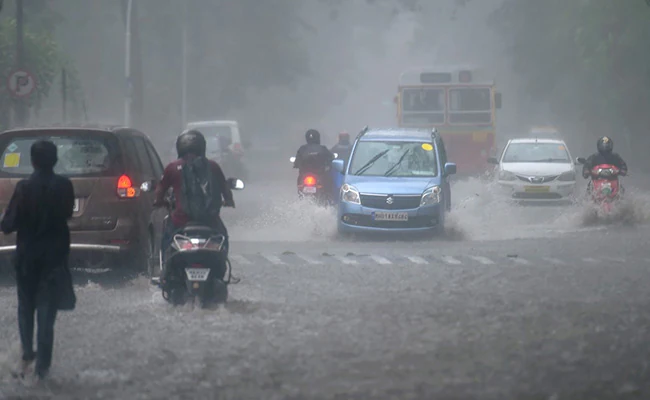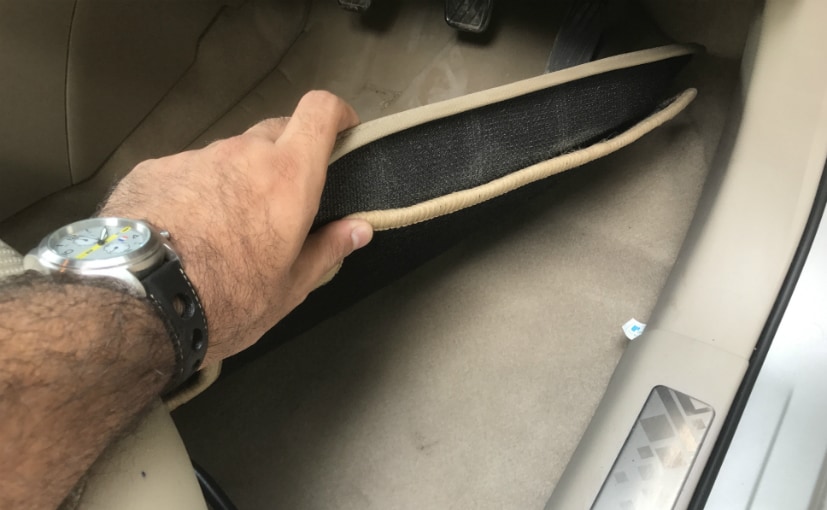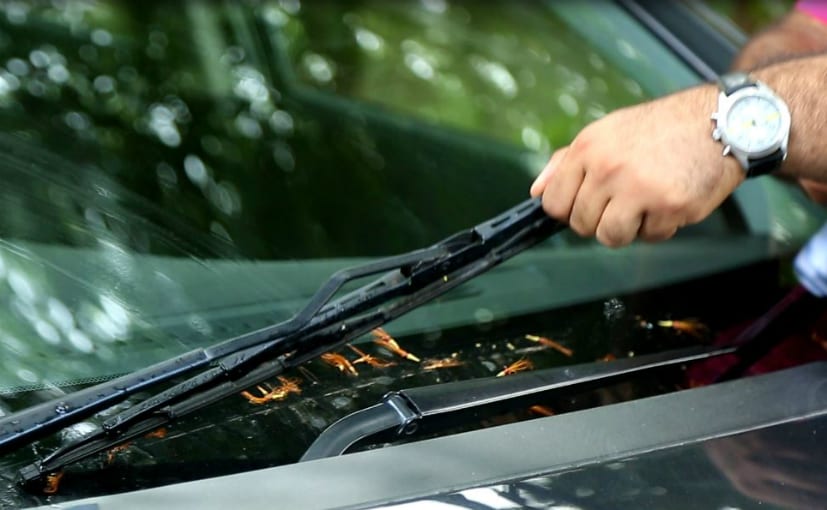5 Things To Do If Your Car Has Been Damaged Due To Waterlogging

[ad_1]
If you live in one of the areas affected by cyclone Tauktae, then it’s possible your car might have been damaged due to waterlogging, and if that’s the case, here are 5 things that you should know.

The severe tropical cyclonic storm Tauktae has brought heavy rainfall and flash floods in several areas
As if a global pandemic was not enough, citizens of Maharashtra and several other regions on the western coast of India had to recently face a natural calamity as well. The severe tropical cyclonic storm Tauktae, which is passing through Kerala, Karnataka, Goa, Maharashtra, Lakshadweep, Daman & Diu, and Gujarat brought heavy rainfall and flash floods in several areas. In fact, Mumbai witnessed its highest ever recorded wind gust at 140 kmph. If you live in one of these areas and faced waterlogging, then it’s possible your car would have been damaged by the cyclone, and if that’s the case, here are 5 things that you should know.
1. Ensure The Car Is Parked Safely
If your area is still witnessing rainfall, but the area has not flooded, ensure that the car is parked in a safe spot. Try and find a safe and covered parking, and if that’s not possible try to find at least an elevated location. However, do not park under a tree. In a storm like this, the possibility of a tree or a branch falling are quite high.

Try and find a safe and covered parking, and if that’s not possible try to find at least an elevated location
2. Check For Issues
Once the downpour has stopped and the flood has receded, take some time to thoroughly check your car for damages. Depending on the level of flooding chances are that your cabin floor has gotten wet, which is not much to worry about. You can easily get it cleaned with some rag cloths and old newspapers. However, if the flooding was severe and you suspect that the water reached the engine bay as well, then check the engine oil. If it’s pale in colour and feels mucky, then you need to get it checked by a mechanic.

Take some time to thoroughly check your car for flood fdamages
3. Do A Test Run
Start the engine and let the vehicle run on idle to see if the engine is functioning properly. Occasionally pump the accelerator to drain out any water residue that might be inside the exhaust pipe. The heat created by the engine will help evaporate some of the moisture content. After idling it for 15-20 minutes take a test drive to see if there are any issue. Do keep in mind that if your car was submerged in water or the water level was really high, then do not start the engine. It might prove to be even more damaging. In such a situation, get your car towed to an authorised service centre.

If your local mechanic does house calls then call them and get it checked, or else avail the pick-up and drop service offered by service centres
4. Call for Assistance
If your car is having starting trouble or you feel there might be water inside the engine, then it’s best to call for assistance. If your local mechanic does house calls then call them and get it checked. However, if you are in one of the regions that’s under lockdown, then you can call your service centre. A lot of brands are offering pick-up and drop service, to and from the service centre, avail those services.

Make sure you get your vehicle deep cleaned after things have settled
5. Get Your Car Cleaned
0 Comments
If your car has minimal to no damage due to the flood, and once things have settled, make sure you get your vehicle deep cleaned. Chances are a lot of dirt or small leaves might have settled inside the car or around the under-body, which if ignored could lead to a foul smell from mould, or worse rusting and other issues. Also given the current COVID-19 situation it’s always a good idea to get your vehicle cleaned and sanitised frequently.
For the latest auto news and reviews, follow carandbike.com on Twitter, Facebook, and subscribe to our YouTube channel.
[ad_2]
Source link


